New Methods to Tell a Created Diamond from a Natural Diamond
New Methods to Tell a Created Diamond from a Natural Diamond
The high costs of mining genuine Diamonds, setting aside the social costs, have brought forth a sharp rise in the production of lab-grown, or created Diamonds. Lab grown diamonds, especially those made in China, can be produced for a fraction of the costs of finding a genuine Diamond. Created Diamonds also have a much smaller Carbon footprint and don't come with the social-economic costs of a traditional Diamond.

While there are many benefits of purchasing a lab-created Diamond, you should be able to be confident in what you are purchasing. While lab-created Diamonds have provided people with a cost-effective and more environmentally friendly substitute, they have caused concerns about being able to differentiate and authenticate a genuine Diamond from a Lab-Created Diamond.
There are ways to do this - and here is a list of characteristics that will help you differentiate between a natural and a synthetic diamond.

Chemical Composition
Both Lab-created and genuine stones are similar in terms of their looks and shine. Even though there are no visible differences between a Lab-created Diamond and a natural Diamond, there are certain differences in their chemical composition. A natural diamond is mainly composed of large carbon atoms and pairs of nitrogen atoms. While lab-grown diamonds are composed mainly of carbon atoms with slight impurities of boron atoms. You would need the expertise of a professional lab perform this kind of test.
Tinge & Color
This might be a test you can perform. Unlike natural diamonds, Lab-created Diamonds are not inherently rare or precious stones. A visible difference between the two is that a natural diamond shows a yellow tinge. A synthetic diamond has a blue to grey tinge. However, natural Diamonds do come in almost every color of the spectrum, so this visual test, in an of itself, is not always conclusive.
Trace Elements
Another important difference between natural and synthetic diamonds is of the presence of impurities. Synthetic diamonds have metallic flux inclusions while natural diamonds are free from all such trace inclusions.
Luminescence
This is probably the most interesting test available. A natural diamond when charged with UV radiation retains its luminescence for some time and thus, glows in the dark. Whereas, a synthetic diamond does not show this distinct property even if you charge it with UV radiations.
Heat Treatment
Synthetic diamonds are oftentimes heat treated to get remove the slight presence of brown color. However, natural diamonds are not treated in any way to exhibit a flawless shine. An expert can often tell if a stone has been heat treated when viewing the stone under a microscope.
If you are looking to spend a significant amount of money on a genuine Diamond, look for Guarantees. Sometimes, genuine Diamonds come with Certificates. If you are looking for a lower priced alternative that does not have the higher Carbon footprint and Social-economic costs of genuine Diamonds, a Lab-Created Diamond would be a fantastic choice.
There are more choices out there, too - such as Lab-Created Moissanite or Cubic Zirconia - both have the hardness, look and brillance of Diamonds.
At SilverAndGold.com - every product, from genuine Diamonds, Lab-created Diamonds, Moissanite or Cubic Zirconia are clearly marked - so you will always know what you are buying.


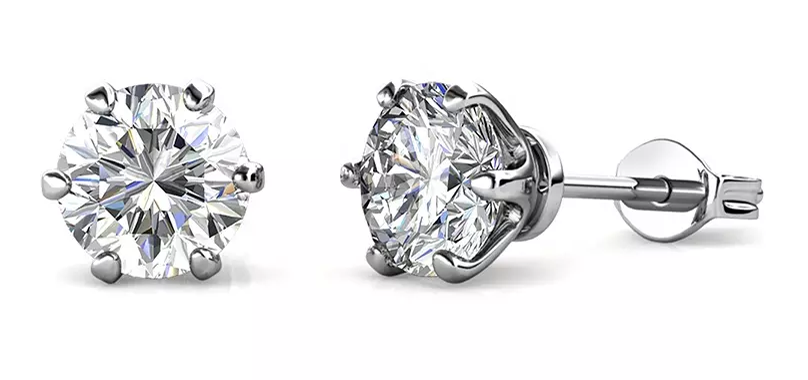
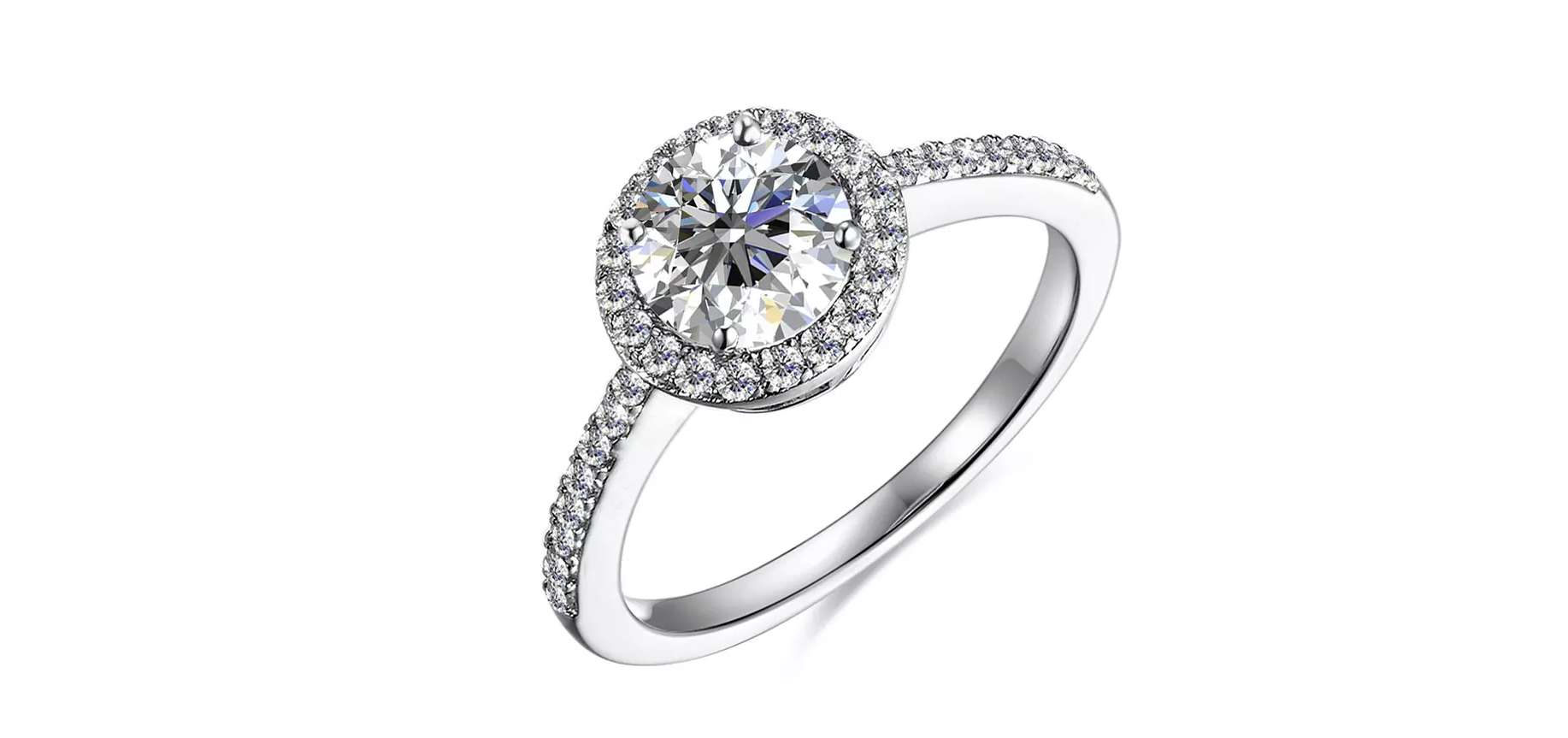
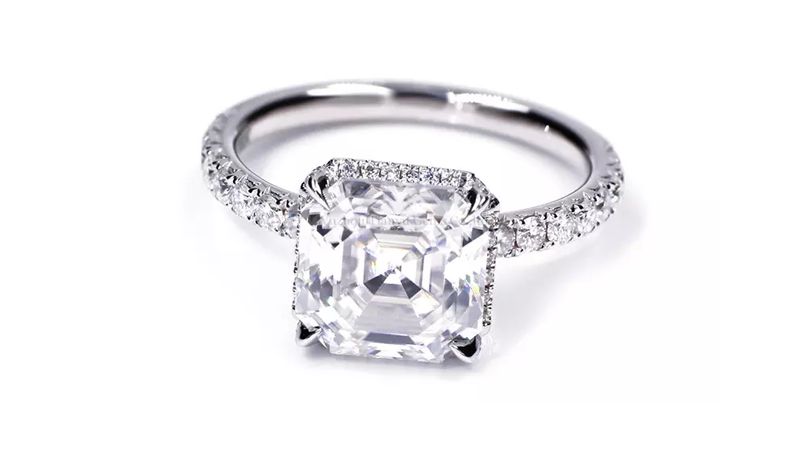
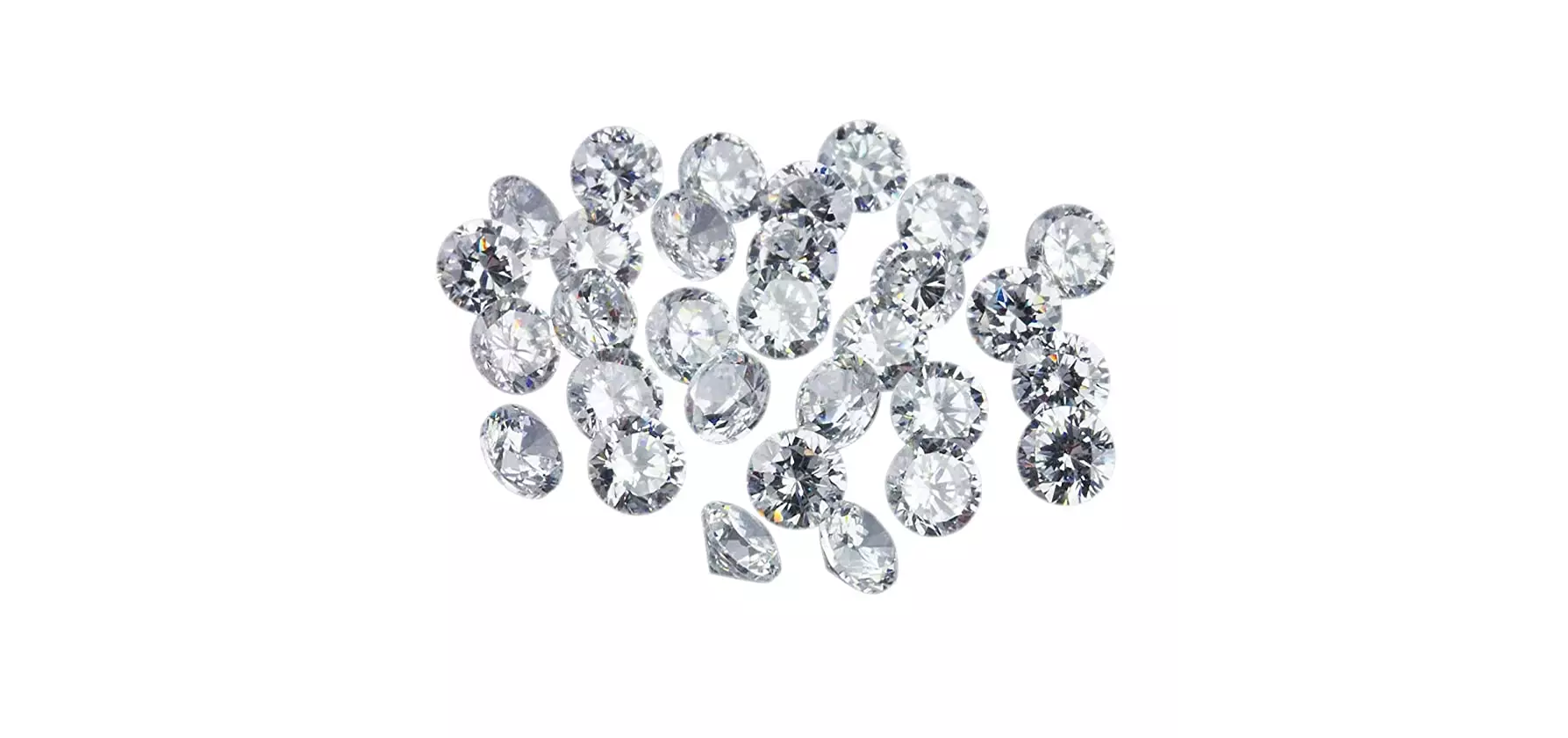
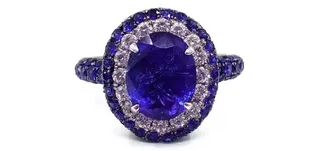
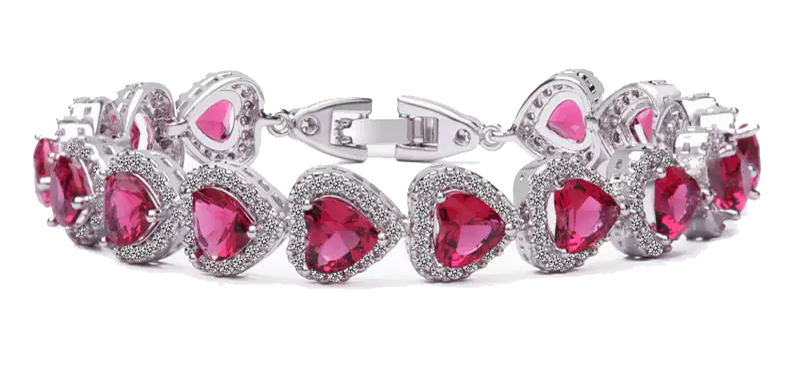
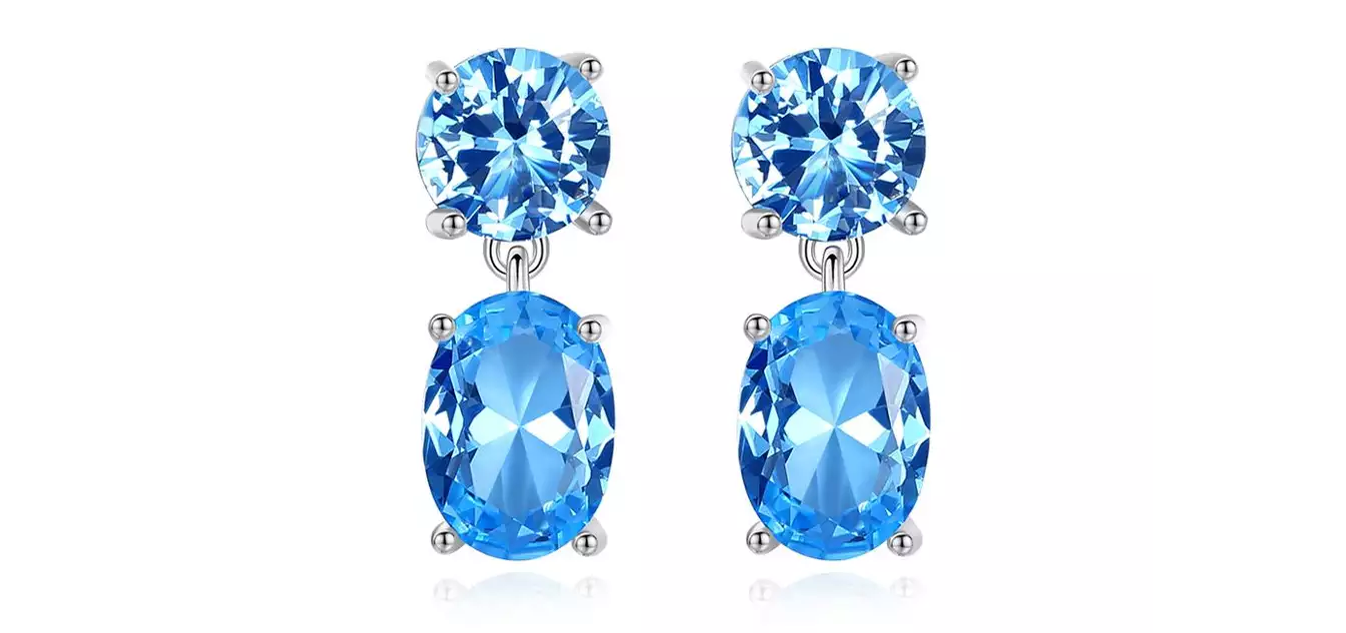
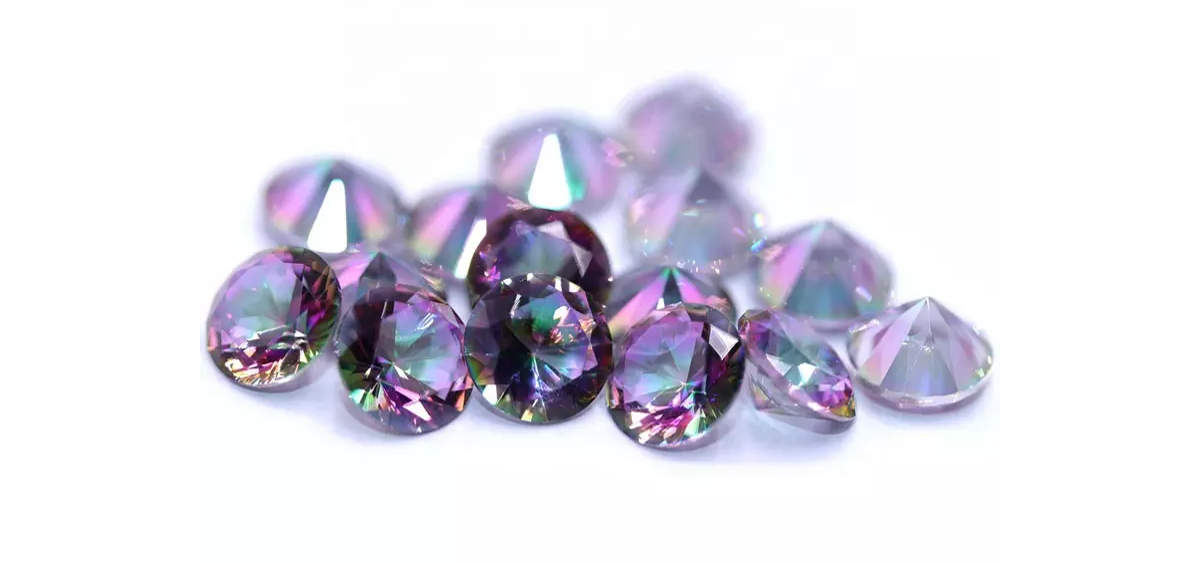
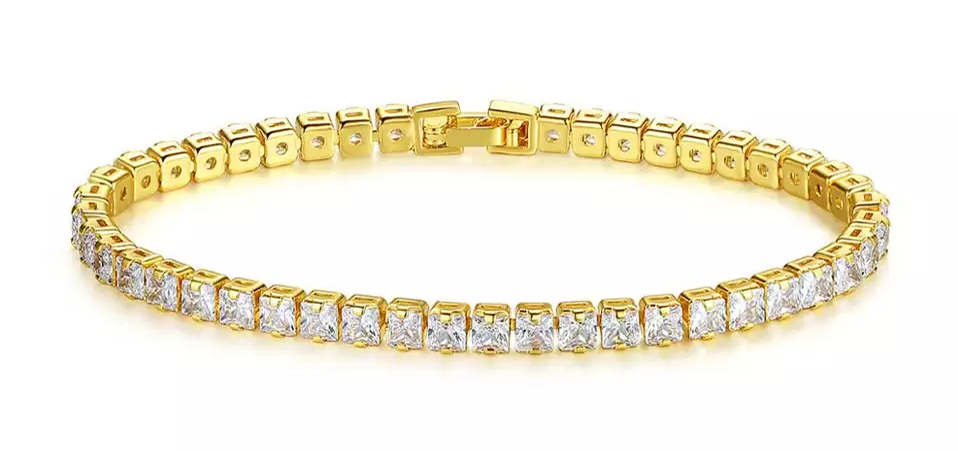
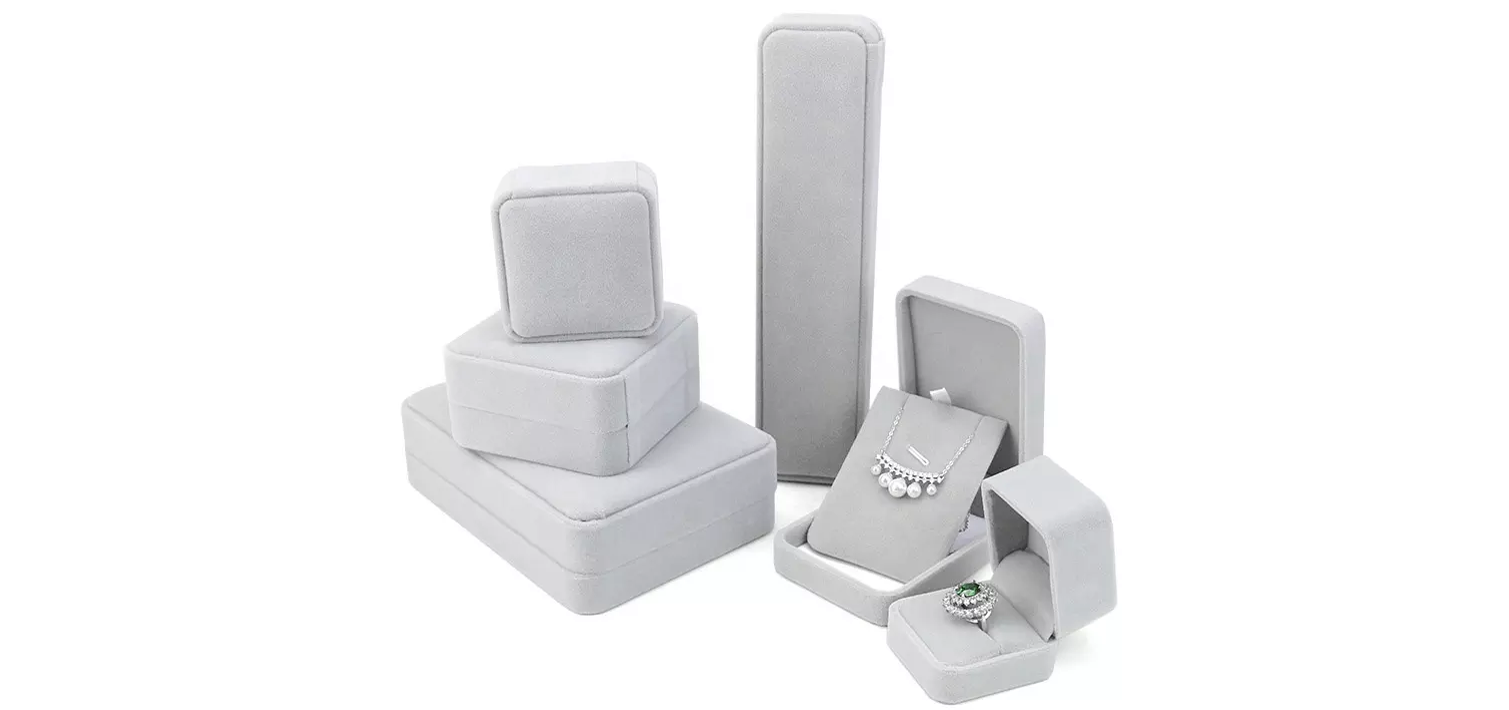
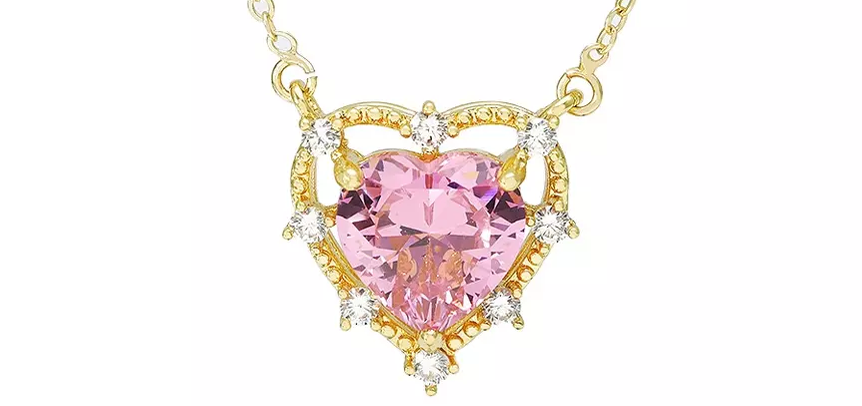
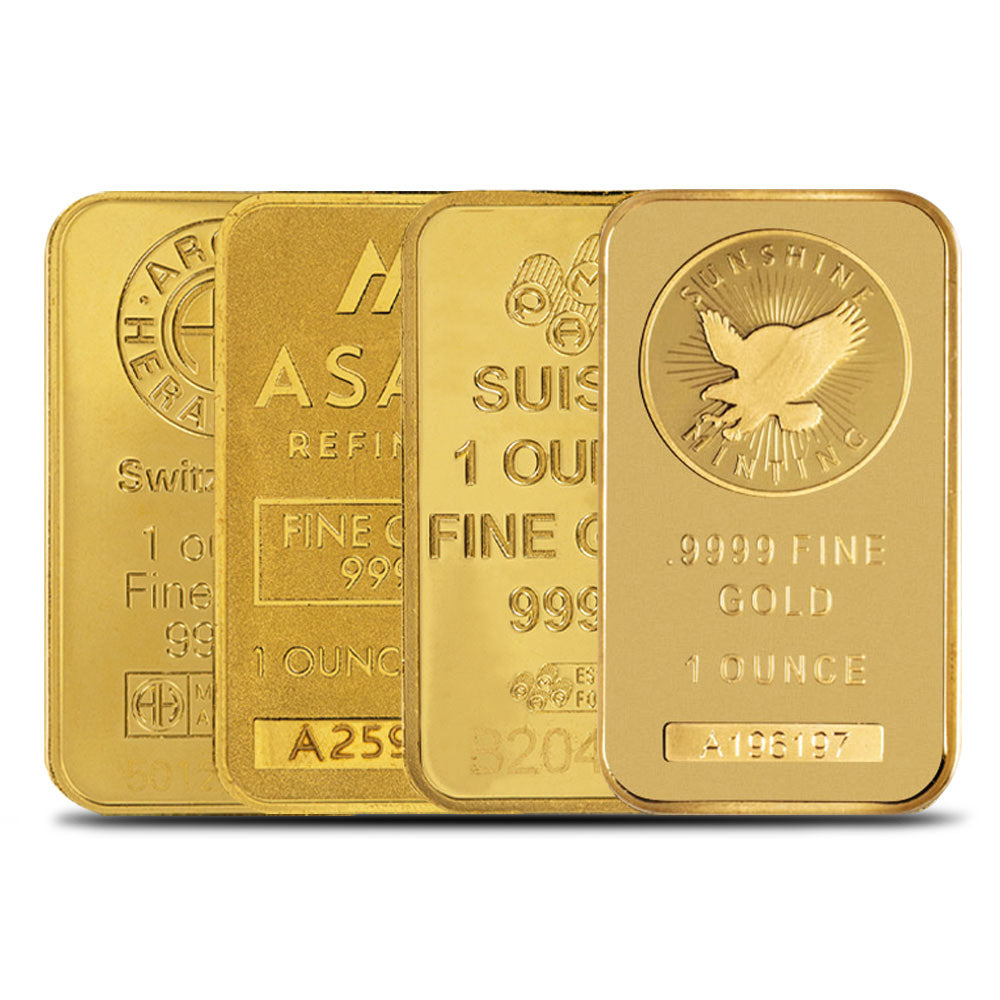

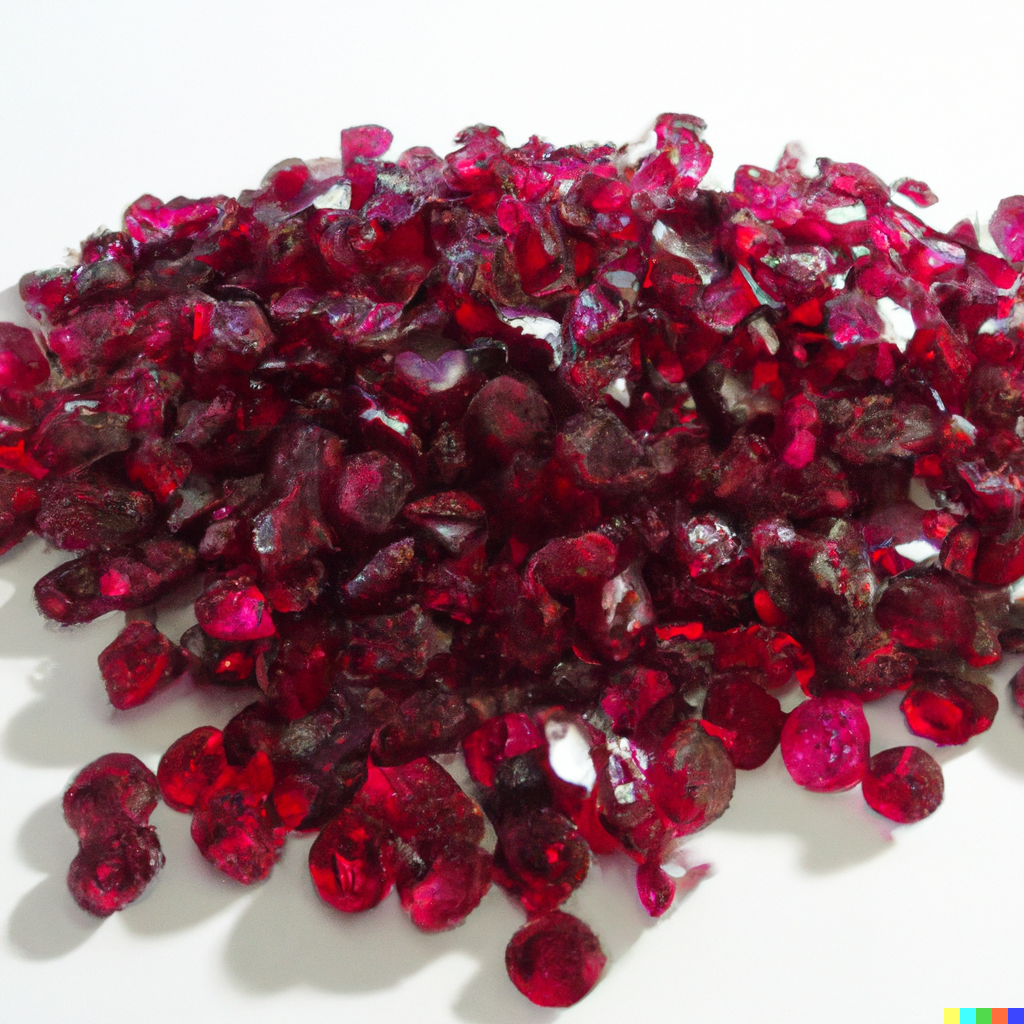
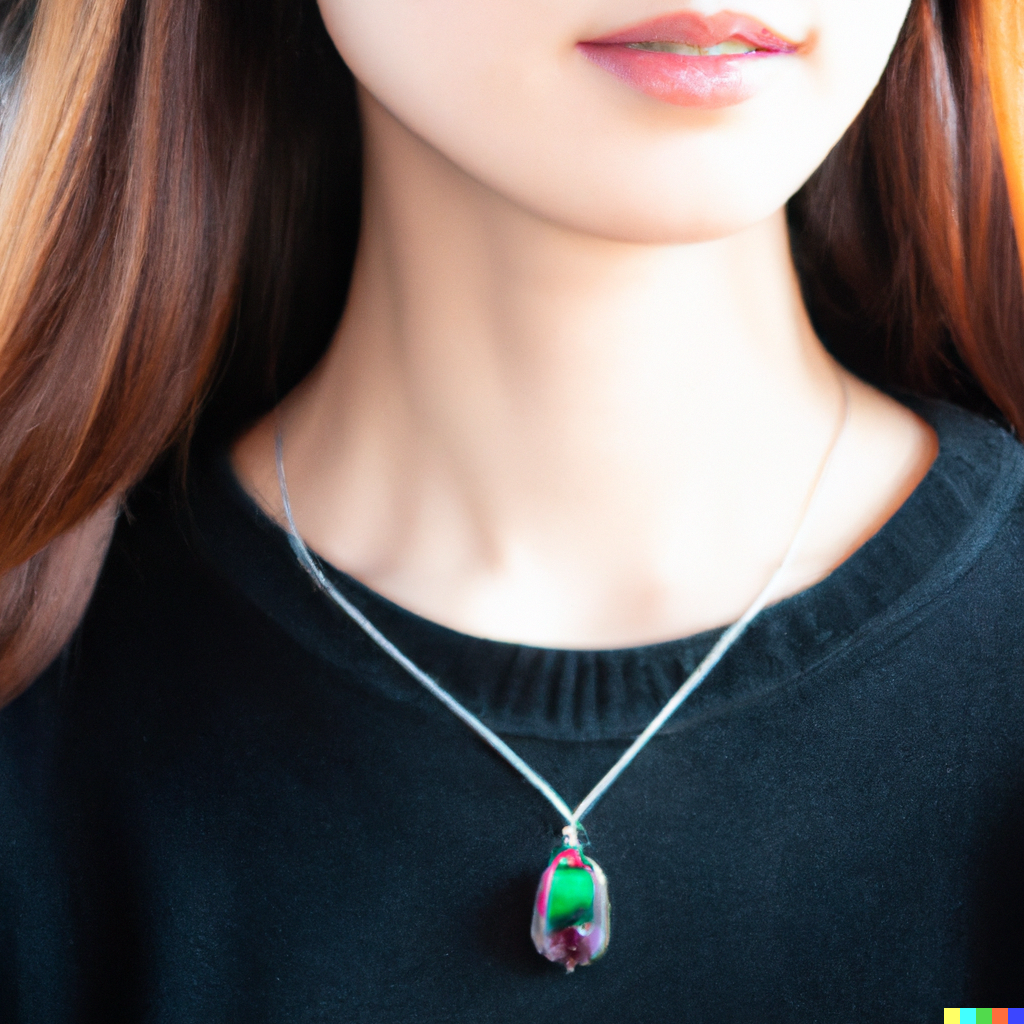
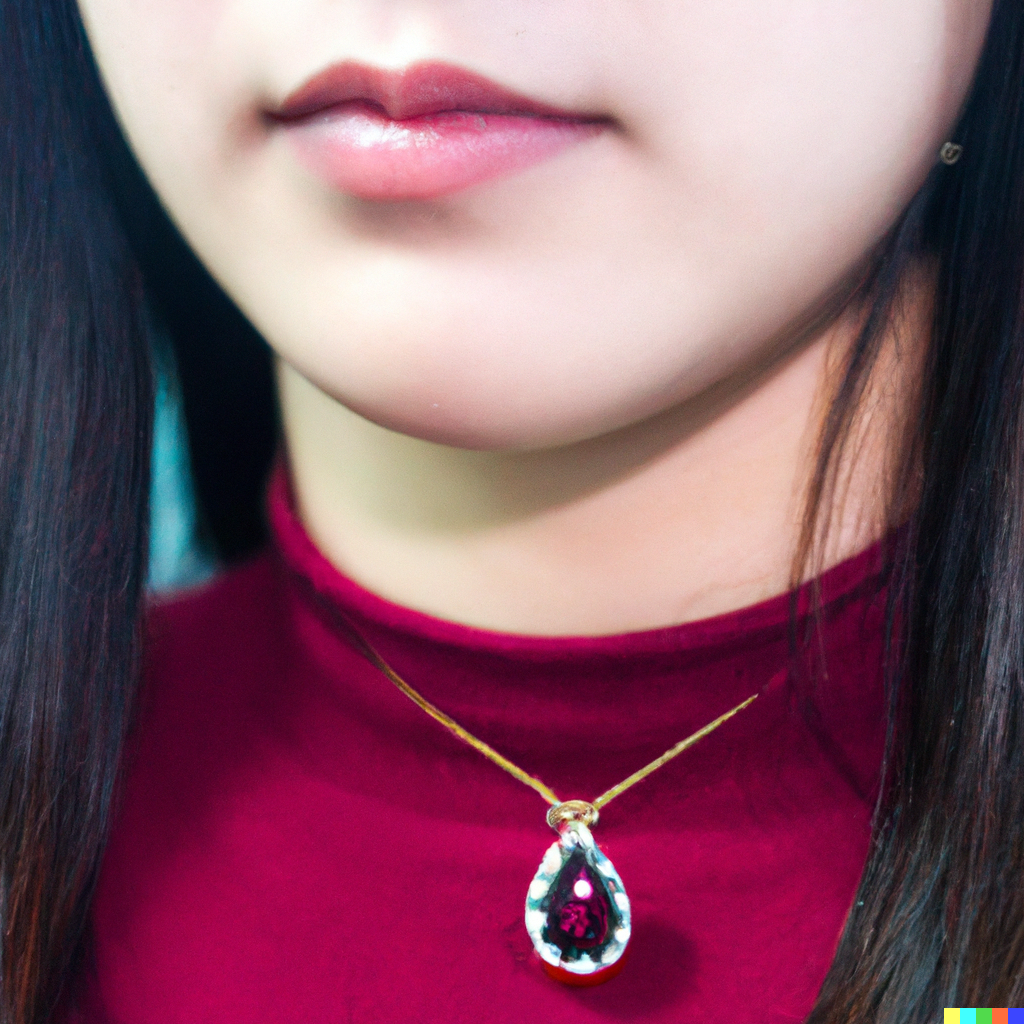
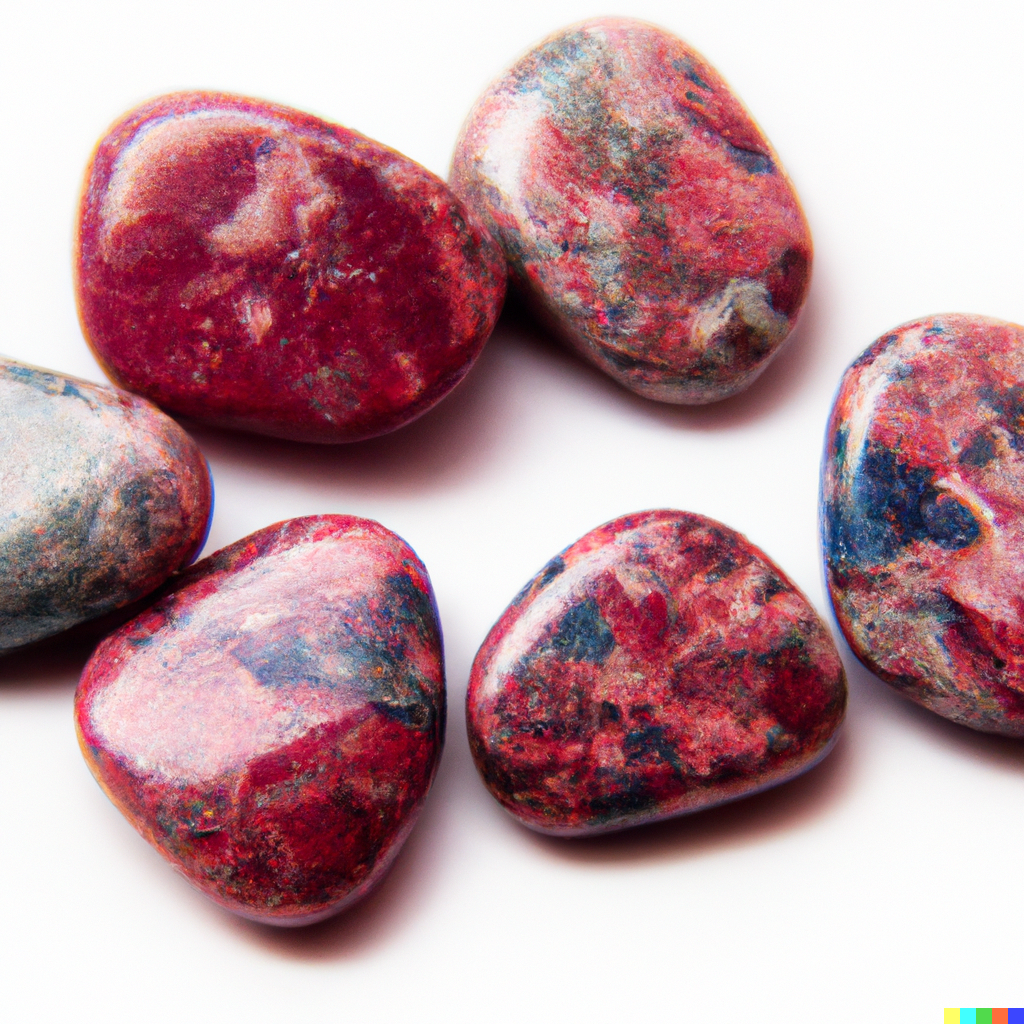
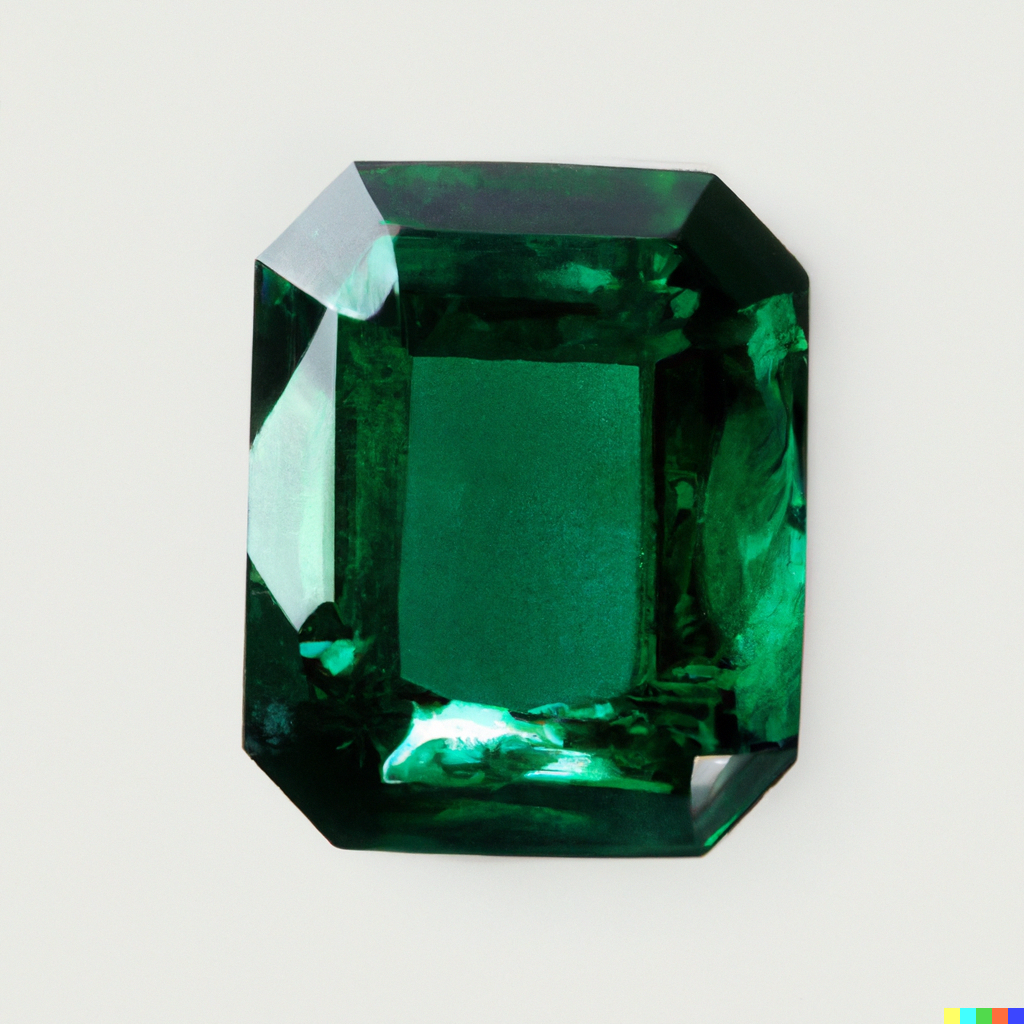
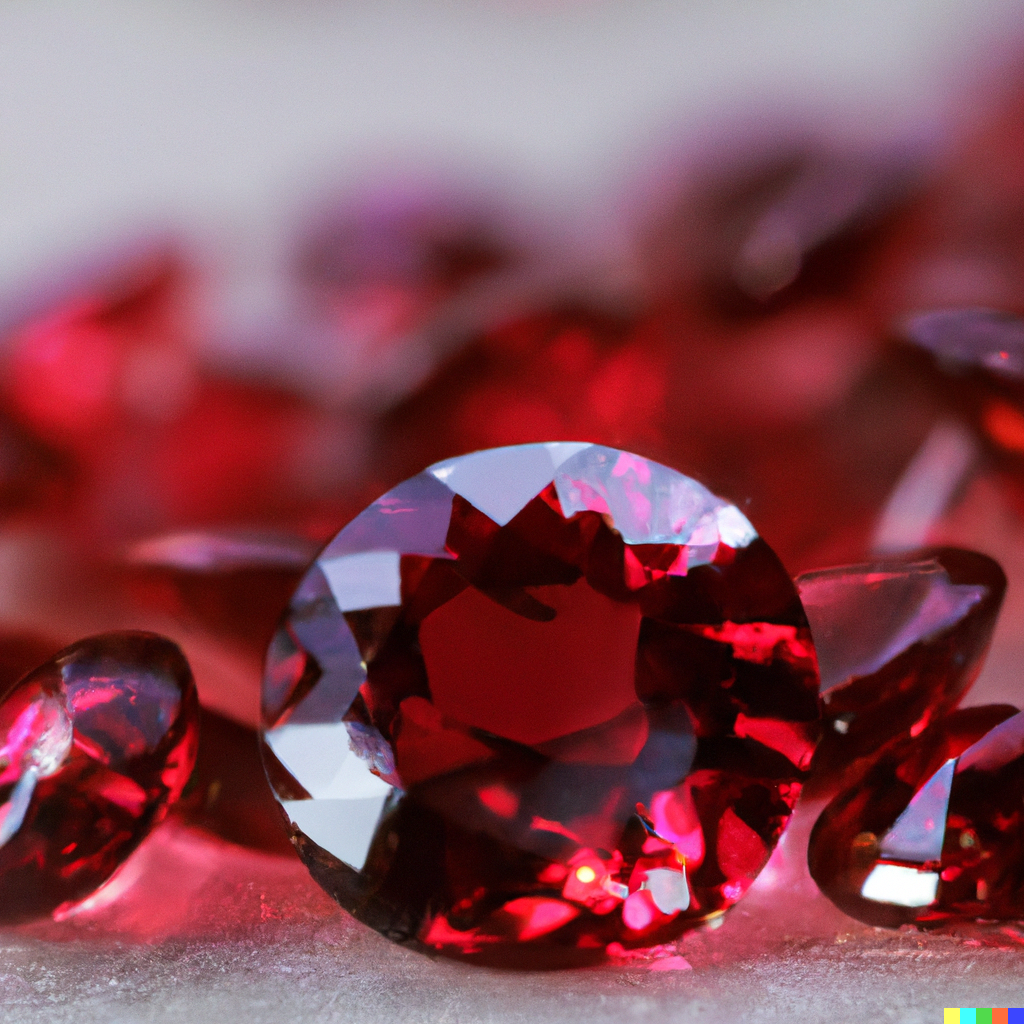
Leave a comment